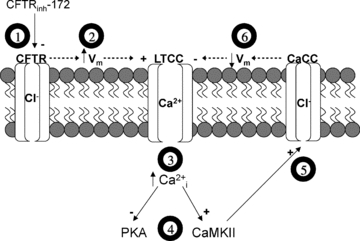Figure 6. Proposed model for the effect of CFTR disruption on cardiomyocyte signalling and ion transport.

Acute inhibition of CFTR by CFTRinh-172 (1) probably causes an increase in membrane potential (Vm), which leads to increased activation of L-type Ca2+ channels (LTCC) (2). Increased LTCC activation raises intracellular Ca2+ (3), resulting in inhibition of PKA and activation of CaMKII (4). Inhibition of PKA causes a decrease in contraction rate. Activation of CaMKII stimulates Ca2+-activated Cl− channels (CaCC) (5), which probably serves to restore changes in membrane potential and decrease LTCC hyperactivity (6). This decrease in [Ca2+]i probably removes the inhibition on PKA activity, thus restoring contraction rate.
